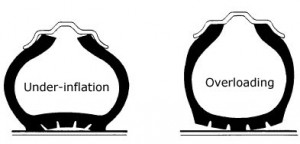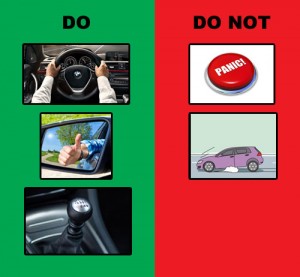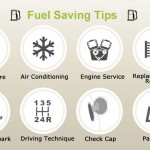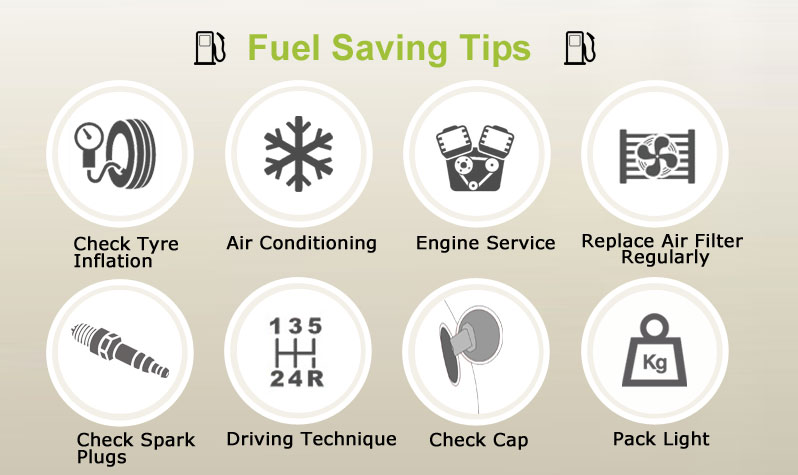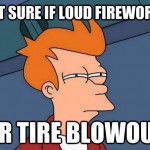
Under-inflation
Leaving your tyre under-inflated is the absolute worst thing you can do to it. I’m stating the obvious here, but given that air is the very element that enables a tyre to carry the substantial weight of a vehicle and its contents, leaving it gasping is a sure fire way to ensure the various components get pushed beyond their limits eventually leading to blowouts.
Under-inflated tyres reduces endurance and braking, makes road-holding less precise and increases fuel consumption as well as the risk of aquaplaning.
Check your vehicle’s handbook for the recommended pressure.
Overloading:
Your tyres have a Load Index located on the sidewall. Find, it, check it and, here’s the really important part, ADHERE TO IT! Overloaded tyres build up an excess in heat. Excess heat leads to serious tyre damage, such as blowouts. This rule also applies to the maximum axle load rating on your vehicle.
And remember, the maximum pressure number found on the tyre sidewall only applies to tyres that are fully inflated.
Potholes:
This one is particularly relevant here in Ireland, especially for anyone who has to subject their cars to our country roads. At low speeds hitting a deep pothole will not only damage your tyre, but also the wheel and steering alignment. Hitting those potholes at a higher speed dramatically increases the level of this damage by unravelling / fraying the internal components (aka blowouts)
If you do hit a pothole, stop the car as soon as it’s safe to do so and check for cuts in the rubber or lumps in the sidewall. Check to see if the steering pulls excessively to one side or whether there’s a vibration through the steering. If so, get to a garage / tyre specialist, as driving will only further deteriorate the condition of the tyres.
Be aware that sometimes, these tell-tale signs won’t be immediately apparent. The true extent of the damage incurred only reveals itself after a number of months.
The Long Goodbye
This is really the result of all of the above combined, a gradual accumulation of damage through under-inflated tyres, overloading and occasional happenstances with potholes, all of which are accompanied by a general idleness on the owners part to deal with the issues initially. Don’t let it get to that stage – better to deal with the issues head on rather than risk the tyres failing when driving on the motorway at speed with the entire family on board en-route to a family holiday.
Controlling your car during a blowout:
Now, should you be unfortunate enough to experience a tyre blowout (either through no fault of your own or because you ignored the warning signs), there are a number of actions you can take to avoid turning a minor accident into a potentially fatal one.
Front Tyre
Most importantly, stay calm.
Do NOT slam on the brakes or make any sudden turns.
Keep both hands firmly on the steering wheel and maintain a straight direction.
Check the mirrors on both sides for other traffic and plot the safest route to a gradual stop.
Bring the car to a gradual stop – a sudden deceleration will only place more weight on the damaged front tyre which can cause the car to veer dangerously to that side. If that happens the rim may grip the tarmac which can cause the car to flip.
Lower gears can be more effective than braking to reduce the speed in manual cars.
Back Tyre
Blowout’s on the rear tyres causes’ excessive drag which impacts on the car’s balance.
An imbalanced car will be difficult to steer straight.
To avoid spinning out, take your foot gradually off the accelerator.
Engage the lower gears as opposed to braking and bring to a slow and steady stop.

